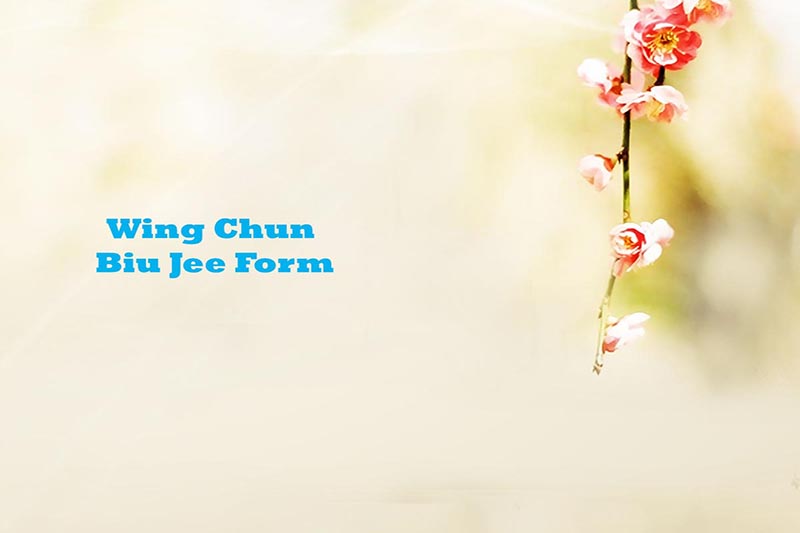Chum Kiu
Chum Kiu is teaching us how to bridging the gap and Biu Jee is teaching us shooting finger as well as power of speed and better coordination of energy and power.

After having learned Siu lim Tao, the second form “Chum Kiu” (searching the bridge) teaches us how to move our bodies around an opponent or force, whilst maintaining the skills found in Siu Lim Tao. chum kiu, is extremely important because it develops your body unity and knowledge of how to use your forearms (bridge) to control your opponent, Chum kiu is also divided into 3 sections, making it easier to understand, but the purpose of each section is not considered to be so specific. Generally the first Part (section) teaches turning on the spot, unfolding to the correct range, and lap sau. Bong sau is considered to be in contact and on the outside line. The change from Bong to Lan sau to cover the side angle is also introduced. Lan sau is kept low to prevent an opponent using it to push against. The second section begins with a turn to 90 degrees and introduces the lifting kick. Lateral foot work is used for gaining contact or side stepping under pressure, the centre line is at 90 degrees to the direction in which you are stepping. Bong sau is considered to be out of, and trying to gain, contact. Bong sau can also be used on the inside line in this manner.
# Biu Jee
Shooting Finger is famous form of wing chun system, it’s called as a Chinese terms BIU JEE, this is the capstone of the 3 interconnected hand forms of the wing chun system.

It’s techniques are effective and forceful. This is the last empty hand form of the wing chun system. Biu Jee is the commonly known as Thrusting Fingers, Normally it is only clarified on a step by step source and a learner must surely have absorbed every ideas from wing chun first form and Second Form, frequently the dummy form is also considered to apply before Biu Jee. The importance on chi (force) is put in your elbow, hand.